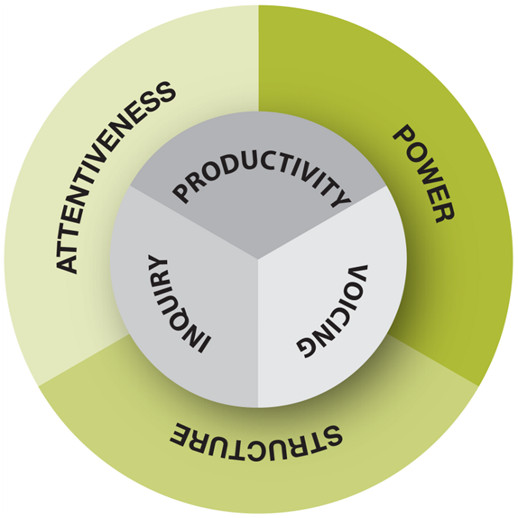Effective team conversations? Or going through the motions?
How do you feel about spending four hours watching Gone with the Wind every week of your working life?
According to research conducted in 2013, the average office worker spends 16 hours in meetings and about a quarter of that is unproductive. Take that over the course of a year and you have 200 hours, or roughly 25 days a year.
At the end of a team meeting, do you feel you have been open and frank, explored options, and collectively come to the right conclusion? Or are you part of a rubber stamping exercise which eats up your time and makes you feel less than satisfied?
If any of this applies, read on – help is at hand!
Effective conversations = more effective teams
Are your team meetings effective and productive? Or do people fiddle with their phones, gaze out of the window? Do team members interrupt each other, or seem to bite their lip instead of speaking?
Poor conversations affect team morale, and the quality of your decisions. fe3 can help you explore how you talk within your teams, using the Team Conversational Norms Diagnostic™, which looks at the six dimensions in the diagram on the right.
Talk that matters
When you talk more effectively, this means that teams:
- explore ideas thoroughly – not just nod them through
- challenge robustly but constructively
- respect (although not necessarily agree with) other people’s ideas
- reach consensus through full understanding of people’s positions
Together - stronger
Conversations are how leaders build trust. A willingness to engage in honest, open conversation is a vital element of leadership. Teams who talk in this way develop stronger relationships. Which produces stronger results.
Let us help you improve how you talk together. Start by contacting us!

